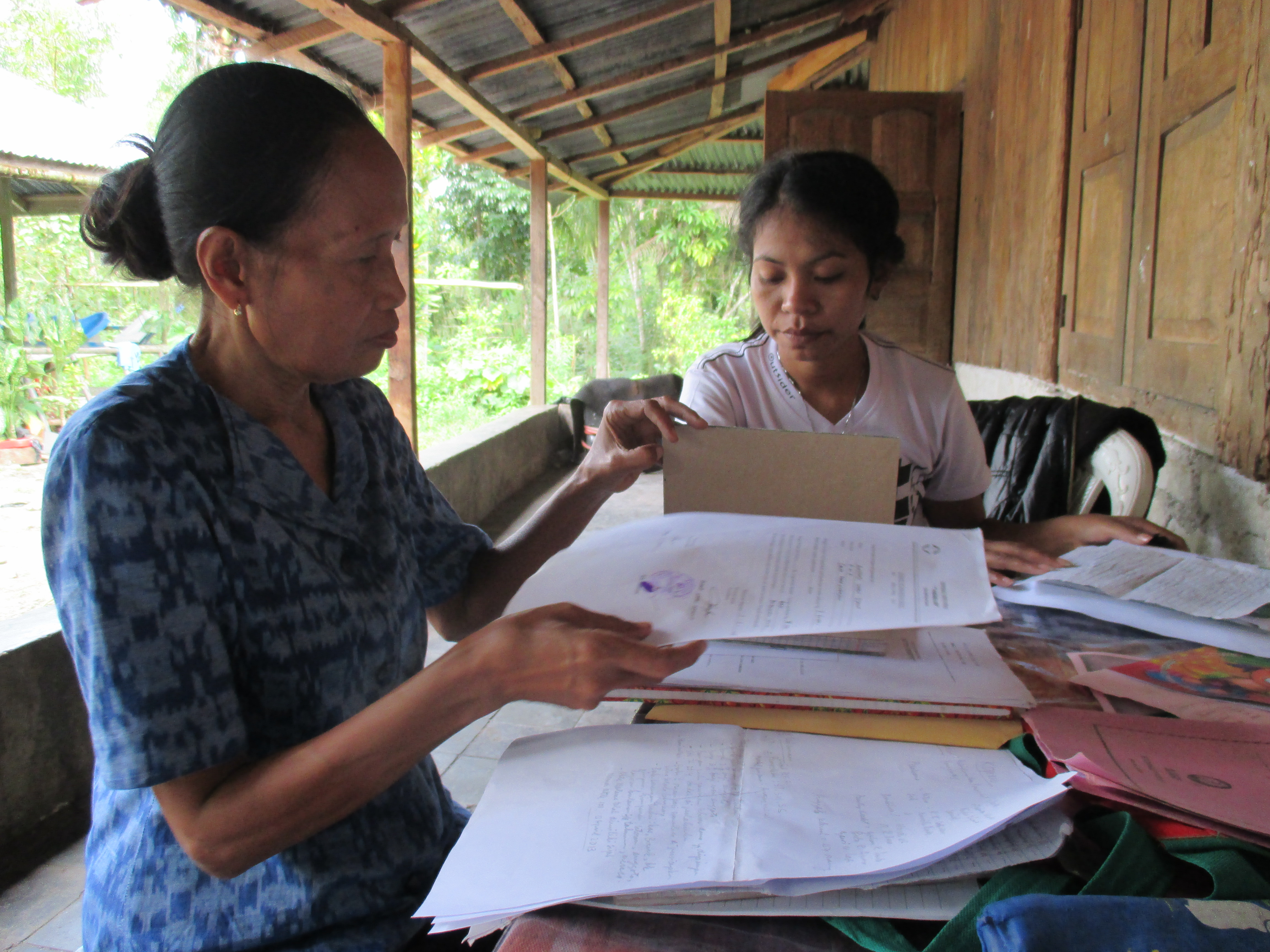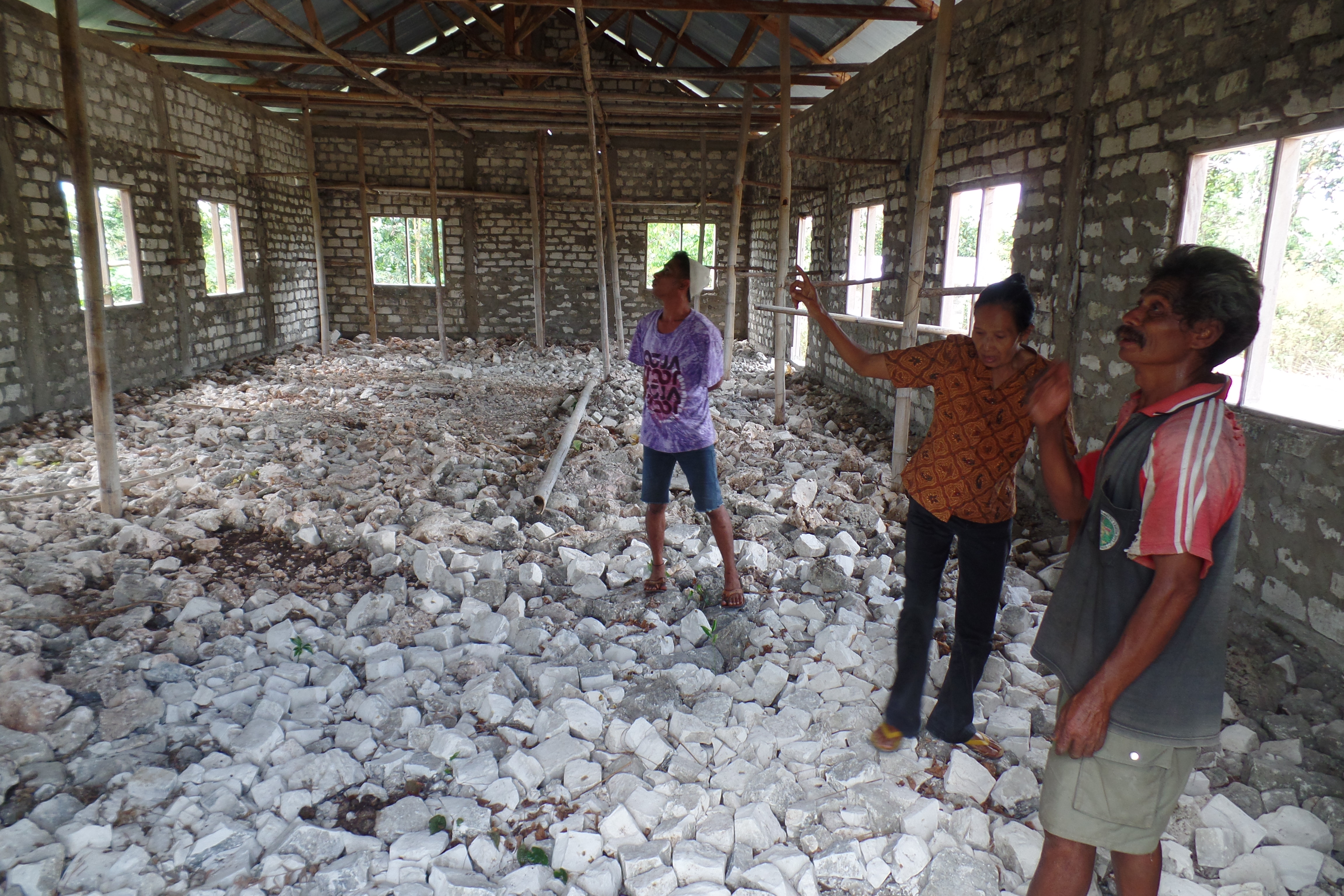Taking stock after two years of village law implementation
Since the enactment of the Village Law in 2014, the Indonesian government has moved at brisk pace to implement the legislation. Over the period 2014–2016, Rp. 67.7 trillion (around $US5 billion) of village funds (dana desa) were transferred to the villages. In 2017 alone, the transfer will be around Rp. 67 trillion, and is expected to increase to 120 trillion in 2018. Furthermore, the Village Ministry had recruited 27,441 village facilitators by the end of December 2016. These facilitators are helping village governments execute their new tasks, like making village mid-term plans, writing reports and organising village projects. In addition, national government institutions have issued no less than 17 implementing regulations to provide guidance on how village governments can apply the innovations of this Law.
In this sense the implementation of the Village Law is in full swing, three years after its enactment. However, as the Village Ministry’s Director of Village Development Taufik Madjid recently stated, ‘the list of problems with the village law is much longer than the list of its results so far.’ This calls for a moment to take stock: what has the impact of the Village Law been so far? Has the law worked out in the way its drafters envisioned (as discussed by Vel, Zakaria and Bedner) and what have been the main obstacles so far?
In this short article we cannot give a comprehensive answer to such broad questions. Less than three years have passed since the law was implemented – too short a time for definite conclusions about its impact. Instead we offer a brief and tentative sketch of the main challenges and obstacles, based on the online and offline discussions we have had with non-government organisation (NGO) activists, village government officials and civil servants. We identify three main challenges that the Village Law has encountered: unclear and contradictory regulation; conflicts between higher-level government and villages concerning the extent of village autonomy and problems with the way village funds are being used.
Old bureaucracy
Soon after the enactment of the village law, bureaucrats started to plan their strategy to recover some of the power that they would lose if all villages gained full autonomy. Previously, district governments were in charge of village level projects, and ministries had local level programs where they could decide how budgets were spent. The rather general phrasing in the Law that resulted from the compromise between many stakeholders left the elaboration of crucial issues to ‘implementing regulation’. This gives bureaucrats, particularly in Jakarta’s ministry, considerable freedom to influence to actual impact of the law.
From the end of 2014 various ministries issued contradictory regulations. A complicated governance structure created confusion. Soon after President Joko Widodo, or Jokowi, was inaugurated, he decided that three ministries would be responsible for policies regarding villages and village government. Formerly the Ministry of Home Affairs had been in charge. Now a new Village Ministry became responsible for ‘village development’, whereas the village funds fell under the responsibility of the Ministry of Finance. In Indonesia these ministries often function as isolated bastions, with their own internal cultures, networks and loyalties. Moreover, the Village Ministry was a new creation of the Jokowi government, with the post of Village Minister awarded to a different political party than that of the Minister of Home Affairs. This politicised the implementation of the village law, in particular the drafting of the implementing regulation.
Village autonomy limited
Soon a battle ensued about how much freedom the villages should be accorded when spending their budgets. One example of conflicting regulation concerns the legislation about village authority. That issue means it should be clear which type of government services and projects the village can decide autonomously. After the Village Minister came up with a regulation about this issue in 2015, the Minister of Home Affairs issued a competing regulation in 2016. These two competing regulations lead to confusion for both villages and districts governments. This confusion affects village planning and budgeting, as there is a lack of clarity about how money can be spent and who is responsible for vital investments such as irrigation infrastructure. Confronted with this conundrum, many district governments decided to devise their own regulations. In effect this further reduced village autonomy.
Another unexpected development was that the national government agencies kept trying to influence how village funds should be used. The Village Ministry, for example, issued a ministerial regulation (5/2015) with priorities for spending the village funds: infrastructure; basic service and investments for economic development, in particular in the village owned enterprise. Such a decree contradicts the Village Law, which gives the authority to prioritise and decide to the villagers themselves.
Additionally, in 2016 the Village Minister announced a policy of “one village, one product”. This policy limited the freedom of villagers to set up and design such an enterprise. The policy kills villagers’ enthusiasm.
 These two are among the few villagers who are skilled in doing the village paper work (© Jacqueline Vel, Central Sumba, April 2015)
These two are among the few villagers who are skilled in doing the village paper work (© Jacqueline Vel, Central Sumba, April 2015)
What happens with the money?
Apart from this bureaucratic meddling, other problems were due to the rather optimistic assumptions incorporated in the Village Law. Village governments are expected to compose mid-term village plans and budgets and, at the end of each term, hand in detailed reports. Not all village heads and secretaries have the skills for such administrative tasks. Village facilitators could assist them, but the majority of them are not trained for this role. They are trained for more technical project implementation. The Village Law also assumed that villagers from all classes and genders would enthusiastically participate in the forums for democratic decision-making. They would perform checks and balances on their village governments. With some exceptions that participation has been far less than anticipated.
Corruption constitutes another major implementation problem. By the end of 2016 the national Corruption Eradication Commission (KPK) had received some 350 reports of corruption using village funds. So far only 87 of those cases have been taken up. These are only the officially reported cases, and are likely only the tip of the iceberg. Minor forms of corruption, such as petty bribery or small embezzlement, do not qualify for KPK prosecution. A Reality Check Report about Village Law implementation for the Government of Indonesia and the Government of Australia’s partnership programme, KOMPAK, describes how sub-district heads now demand an informal fee for approving village reports. Meanwhile, a researcher from West Kalimantan reported three common ways of village fund embezzlement: paying lower wages for village project work than what is in the budget; using cheaper inputs than have been budgeted for; and using shadow accounts. Such strategies are more attractive compared to outright embezzlement, which could lead to accusations of corruption in the media.
The way forward
What can be done to address these issues? How can the Village Law be implemented in the way the lawmakers intended? Some measures at the national level will be important. First, improving the coordination between the three ministries involved in implementation is needed to remove the contradictions in existing regulations. Secondly, national legislation could provide clarity about village authorities of the village. This legislation should delineate the respective authority and responsibilities of villages, district governments and the ministries. More specifically, ministerial decrees about priority spending should respect the freedom of village councils to decide about the allocation of village funds. Thirdly, the government could benefit better from long-term civil society experience in bottom up rural development. The village law facilitators should collaborate more intensively with local NGOs.
More generally, a successful implementation of village law would require a shift in bureaucratic attitudes. The adoption of more democratic procedures and a more open attitude towards grass-roots participation, could serve to address the challenges that the Village Law implementation currently faces.
R. Yando Zakaria (r.y.zakaria@gmail.com) is an anthropologist living in Yogyakarta, fellow of the Circle for Village and Agrarian Reform (KARSA), and formerly member of the National Parliament expert team for drafting the Village Law. Jacqueline Vel (J.a.c.vel@law.leidenuniv.nl) is researcher at KITLV and the Van Vollenhoven Institute in Leiden.
